Exam 3 ( 12,18,19 )
1/94
There's no tags or description
Looks like no tags are added yet.
Name | Mastery | Learn | Test | Matching | Spaced |
|---|
No study sessions yet.
95 Terms

Who was Gregor Mendel and what was his contribution to science?
Johann Gregor Mendel (1822–1884) was a lifelong learner, teacher, scientist, and man of faith. ( Austrian Monk/Teacher )
Developed true-breeding strains of peas
Performed specific crosses between plants
Followed crosses through several generations
Followed crosses through several generations
Disregarded traits that didn’t show simple patterns
Later tried second round of experiments with Red Runner Beans
How did Mendel’s approach differ from previous approaches?
Disregarded traits that didn’t show simple patterns
What did Mendel not understand about genetics?
No knowledge of :
Genes or genetics
Chromosomes
Meiosis
Evolution

What study organism did Mendel do most of his research with?
Mendel’s seminal work was accomplished using the garden pea, Pisum sativum, to study inheritance.
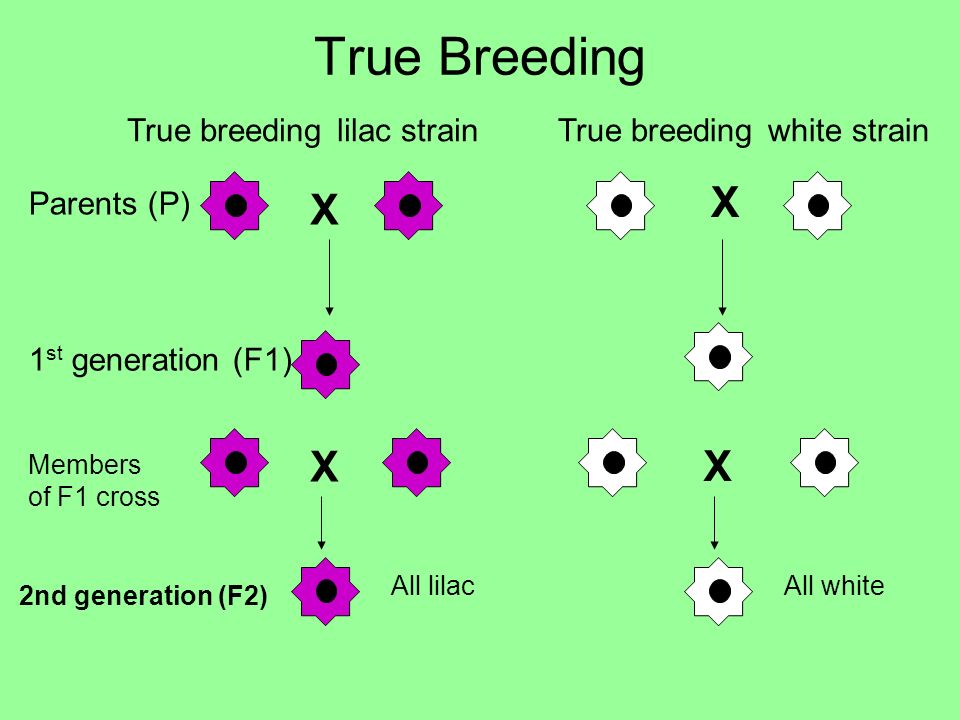
What is a true‐breeding strain?
highly inbred, or “true-breeding,” .These are plants ( A generation) that always produce offspring that look like the parent.
What is the P, F1, F2 generation (etc.)?
Plants used in first-generation crosses were called P0, or parental generation one
called the F1, or the first filial (filial = offspring, daughter or son) generation.
F2, or second filial, generation.
What does it mean that alleles remain discrete in a heterozygote?
No blending or contamination
The presence of an allele doesn't guarantee that the trait will be expressed
( Some alleles may be dominant over others )
How does dominance work in simple dominant/recessive alleles?
One allele masks the other allele
Generally due to one allele not producing a functional product
( Gene that doesn’t work )
What causes an allele to be recessive?
incomplete dominance
-heterozygote is intermediate
e.g. red/white/pink flower
codominance
- both alleles produce their product
- heterozygote shows both traits
e.g. AB blood types

What is the term: Locus?
Region of the chromosome containing a particular gene
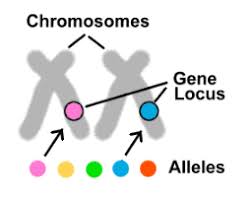
What is the term: Allele?
Gene variations that arise by mutation and exist at the same relative locations on homologous chromosomes
What is the term: Homozygous?
having two identical alleles for a given gene on the homologous chromosome
What is the term: Heterozygous?
having two different alleles for a given gene on the homologous chromosome
What is the term: Genotype?
Genetic makeup of the individual at a locus
Which alleles the individual processes
What is the term: Phenotype?
“ Appearance” of the individual for the trait
Which alleles are expressed
What is incomplete dominance?
Heterozygote is intermediate
“ in a heterozygote, expression of two contrasting alleles such that the individual displays an intermediate phenotype “
What is codominance?
Both alleles produce their product
Heterozygote shows both traits
“ in a heterozygote, complete and simultaneous expression of both alleles for the same characteristic “
( i.e. AB Blood type )
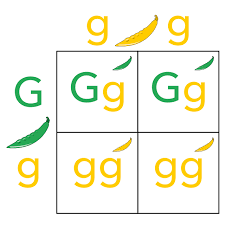
Be able to use a Punnett square to calculate the outcomes of a cross.
alleles are abbreviated by letters
usually first letter of trait
capital letters for dominant traits, small letters for recessive
Be able to use the rules of simple probability to calculate the outcome of an event.
Rules used to predict likelihood of events
- expressed as fraction or decimal
- ranges from 0 to 1 - 0 means no chance
- 1 means certain to occur
e.g. ¾ or 0.75 - an event should happen 3 times out of 4
What is a monohybrid cross?
result of a cross between two true-breeding parents that express different traits for only one characteristic
What is a dihybrid cross?
result of a cross between two true-breeding parents that express different traits for two characteristics
Be familiar with common genotype/phenotype ratios and their implications for inheritance.
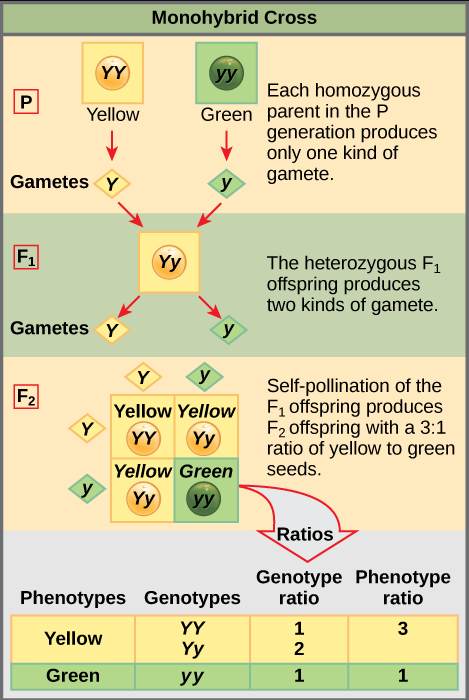
What are Mendel’s laws and how do they apply to studying genetics?
Law of Segregation ( Mendel’s 1st Law )
When producing gametes, alleles segregate
I.e. only 1 allele for a locus goes to each gamete
Recessive alleles which are hidden by dominant alleles can still be passed on to the next generation
Law of Independent Assortment ( Mendel’s 2nd Law)
Alleles at different loci segregate independently
The result is a random mixture of alleles in gametes
The behavior of alleles at one locus should not affect the behavior of alleles at other loci
Comes into play when you're working with another locus.
How is sex/gender determined in mammals?
Chromosomal sex determination
XY system
Female has two X chromosomes
Genotype = XX
The homogametic sex
Male has one x and one Y chromosome
Genotype = XY
The heterogametic sex
What other sex determination systems did we discuss?
Temperature-dependent determination
Gender is determined by the incubation temperature of the egg ( Some reptiles)
Hermaphroditism
All individuals have both sex organs
What is sex‐linked inheritance?
characteristics (or traits) that are influenced by genes carried on the sex chromosomes.
There are two types of sex linked inheritance x linked and y linked
What is sex‐influenced inheritance?
the traits which are controlled by genes present on autosomes but whose expression is influenced by the sex of individual
What is dosage compensation?
female gets two X chromosomes
double the number of X genes
2. during development, one X is turned off
random (in placental mammals)
inactive X becomes Barr Body
attached to the nuclear membrane
3. variegation
if a female is heterozygous at an X locus
different alleles may be shut off in different cells
What is variegation of X‐linked genes?
If female is heterozygous at an X locus
different alleles may be shut off in different cells
What is linkage?
phenomenon in which alleles that are located in close proximity to each other on the same chromosome are more likely to be inherited together
How do linked loci violate Mendel’s 2nd Law?
linked alleles are not independent
tend to be inherited together
can be separated by crossing over
What is epistasis?
“one gene interferes with expression of another”
antagonistic interaction between genes such that one gene masks or interferes with the expression of another
What other complicating factors make understanding inheritance more complex?
Linkage
linked alleles are not independent ( tend to be inherited together, can be separated by crossing over )
polygenic traits
many traits are controlled by multiple genes, Quantitative traits ( E.g. phenotype is the result of additive effect of alleles )
Epistasis
One gene interferes with expression of another
epigenetic effects
Changes in gene expression not related to changes in DNA sequence, environment can affect expression
Pleiotropy
one locus has multiple phenotypic effects
How is evolution a unifying principle for biology?
“It is the framework within which biologists ask questions about the living world.”
A scientific explanation of biological processes
Groundwork on which to base scientific hypotheses
Fundamental force governing species over time.
What were the main bases for the explanation of biological diversity prior to the 19th century?
Diversity was static
A. Various hypotheses regarding origins, often supernatural
B. Changes were the result of catastrophism ( There was a flood, there was a huge hurricane )
Remaining species spread/reproduced to fill gaps
Fossils were the results of these events ( or geological curiosities
C. No good scientific explanation for the mechanisms of change
Most revolved around a supernatural guiding hand or plan
D. Middle ages
Theocratic rule
Biblical explanation becomes a tenet of faith
Independent thought discouraged
Even considered heretical
Young earth theories dominate
Archbishop Ussher ( 1600s )
E. 18th and 19th centuries
Enlightenment and industrial revolution
Increased freedom for academic thought
Natural philosophers started to examine the world scientifically
Changes are governed
Questioning the status quo
Leads to discoveries and revolutions
Begin to propose an old and changing earth
Progressivism
What is meant the idea that the diversity was static?
No good scientific explanation for the mechanisms of change
Most revolved around a supernatural guiding hand or plan
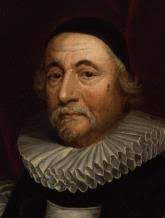
What was Archbishop Ussher’s contribution to the understanding of the age of the earth?
Archbishop Ussher ( 1600s )
Well-educated, respected religious figure
Studied biblical accounts and compared them with other writings from other available cultures
Made meticulous calculations of the earth’s age based on these rights
Calculated earth was created in 4004 BC.

What was the contribution of Jean Baptiste de Lamarck to our understanding of biological diversity?
First truly scientific explanation for the mechanism of evolution (1809)
Fossils were evidence of extinction
Inheritance of acquired characteristics drove evolutionary change
Evolution was progressive
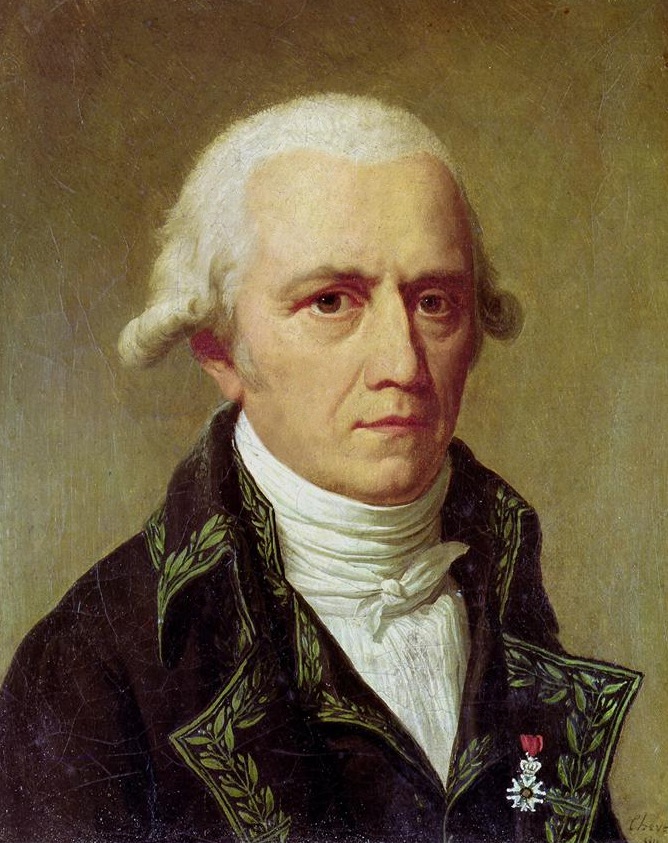
According to Lamarck, what was the mechanism of evolutionary change?
Evolution was progressive, creatures were evolving in a particular direction
What was meant by the term progressive evolution?
Evolutionary progress is gradual directional change embodying improvement.
I.e The human condition should improve via evolution.
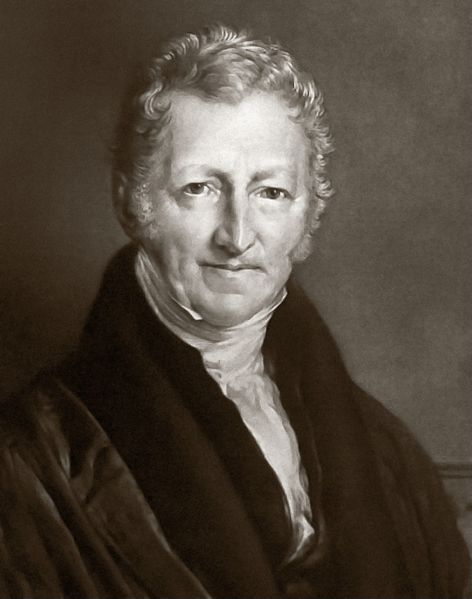
What were the contributions of the following individuals to Darwin’s formulation of his theory of evolution by modification through descent? Thomas Malthus
Essays on the principles of population ( 1838 )
Sociological examination of humans in modern industrial England
Humans have the capacity to produce more children than they can support
Some factors must lead to the inevitable death of some children
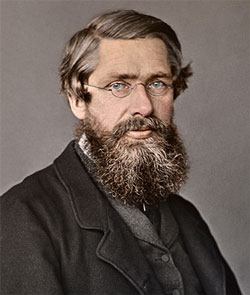
What were the contributions of the following individuals to Darwin’s formulation of his theory of evolution by modification through descent? Alfred Russell Wallace
Came up with the idea of modification through descent independently of Darwin
Wrote to darwin to have Darwin review his manuscript on the theory
Darwin and Wallace essays were presented together to meeting a royal academy of science in london
What is uniformitarianism (in respect to geological processes)?
The principle that states that geologic processes that occur today are similar to those that have occurred in the past. Theory. the earth works almost exactly the same today as it did in the past.
What are the 5 basic steps in Darwin’s theory of Natural Selection?
There is variation in species
Species produce more offspring than can survive
Individuals who survive must survive because of the advantage
Only the survivors pass on their characteristics to the next generation
Over many generations, those variations become more common, and the species changes
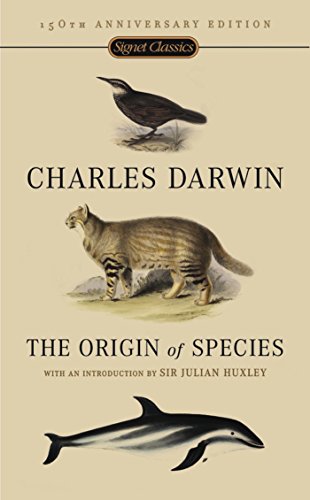
When did Darwin publish his manuscript and what was it called?
Darwin finishes “The Origin of Species” and published in 1859
Why was Darwin’s theory not widely accepted during the latter part of the 19th century?
Non-progressive evolution
Changes affected by random factors
Contradicted thousands of years of religious doctrine
No need for “The hand of God”
Eliminates the anthropocentric universe
Small variations would be swamped by “average” individuals
What scientific discoveries lead to widespread acceptance of Darwin’s ideas?
Multiplication Of Species
Biogeography
Evolution Observed
Resistance in organisms responding to human chemical treatments
Genetics
Modern molecular Biology
What is the raw material upon which evolution works?
Natural selection works on variation
No Variation = no raw materials
Why must the variation discussed by Charles Darwin be heritable?
Maintained by mutation and genetic recombination
Variation must affect phenotype to affect the survival of the individual
What is evolutionary fitness?
Fitness = ability to survive and successfully reproduce
Success is determined by the fitness of individual
What is adaptation?
A characteristic that has been changed to fit the environment by the process of natural selection
The process of becoming better suited to your environment
How does divergence support Darwin’s model?
Species that used to be similar can become very dissimilar due to the build-up of differences over time.
EX : Lizards from across west of America to Mexico
What is convergence?
Species that evolve under similar selective pressures develop similar adaptations even if they are not closely related.
EX : Shark and Dolphins
How has the fossil record supported Darwin’s model?
Fossils are evidence of change over time
Fossils should show intermediate characteristics
Why are fossils rare? ( Remember Cartoon !)
Most species leave no fossils
Hard tissues ( Vertebrate skeletons and invertebrates with shells )
Soft-bodied animals leave fossils only in exceptional conditions
Most individuals leave no fossils
Fossils need a place where it's not broken down by fungi or bacteria.
The fossil record will always be incomplete and require interpretation
What is meant by the principle of common descent?
All plants and animals descended from a common ancestor
We can trace backward forming a phylogeny
All forms of life connect to this tree somewhere
Phylogenetic research attempts to reconstruct this history of life
What are homologous structures?
The same structure is seen in different organisms but may have different functions
e.g. Vertebrate limbs
What are analogous structures?
Different structures that have acquired the same function
How has antibiotic resistance in microorganisms supported Darwin’s model?
Resistance in organisms responding to human chemical treatments
“Experiments have demonstrated that mutations for antibiotic resistance do not arise as a result of antibiotic. They simply track their changing environment with adaptations that maximize their reproduction in a particular environment at a particular time.”
How has the advent of modern molecular biology supported Darwin’s model?
Modern molecular Biology
Can see homology in the molecular structure of organisms
Protein structure and DNA structure/sequences
Why did Darwin not understand the genetic basis for the inheritance of the traits he was discussing?
Phyletic Gradualism
Punctuated equilibrium
What is wrong with the criticism “Evolution is just a theory”?
Argument based on a misunderstanding of the process of science
The implication is that there isn't sufficient evidence
A gross mischaracterization of the truth
there is an extraordinary amount of evidence supporting evolution and none supporting alternate theories.
Evolution is an explanation for the diversity of life we see today and the changes that have occurred in the past
There is no “Evolutionary” explanation for the origins of life because that isn't the question it answers
What is teleology?
The assignment of design or purpose to natural events
The implication that these natural processes have “Goals”
Evolution is a random series of changes driven by natural selection, it isn't working “Toward” anything
Species aren’t “Improving” over time.
What is taxonomy?
“The Science of Naming Organisms”
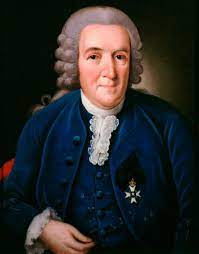
What was the contribution of Carolus Linneaus?
Danish Systematist ( We should come up with a set of names, like Latin or Greek and name that species )
Each Species gets a double name (Ex : last name, who we belong to)
What are the correct names for the two parts of a scientific name?
Genus + Specific epithet
Ex: Canis familaris , Canis latrans , Canis lupus
ALWAYS CAPTILIZE GENUS ( Never Epithet)
What are the hierarchical categories used to classify organisms?
“ Dear King Philip Came Over For Good Soup “
KINGDOM EX: Animalia
Includes all animals ( 800,000 species - mostly beetles )
PHYLUM ( DIVISION) EX: Chordata
Includes all vertebrates, protochordate ( 60,000 species )
CLASS EX:
Includes all mammals (5800 species ~ mostly bats and rats)
ORDER EX: Carnivora
Includes dogs, cats, seals, weasels, etc (270 species)
FAMILY EX: Canidae
Includes all genera of dogs, foxes, etc (35 species)
GENUS EX: Canis
Includes related dogs, like coyote, and wolf (6 species)
SPECIES ( Specific epithet) EX: Canis lupus
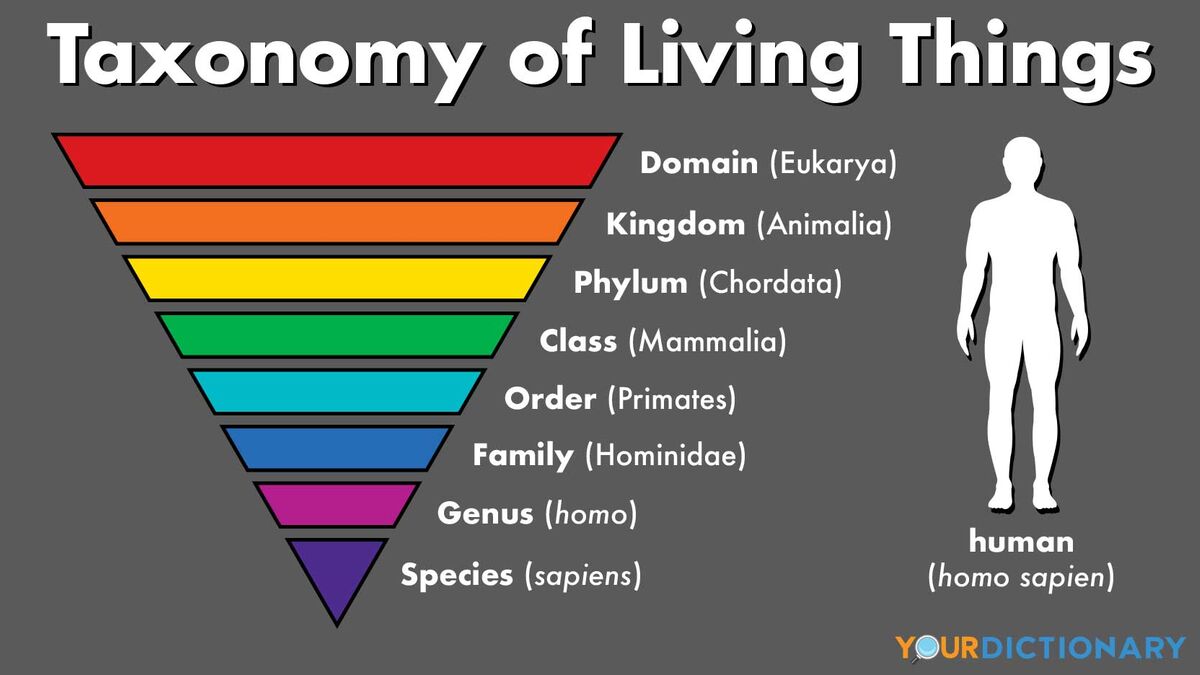
Why is the species the only taxonomic category with any biological meaning?
A species is a group of populations that can breed
What are prezygotic reproductive isolating mechanisms?
- Prevent species from actually mating
Temporal Isolation
Different breeding seasons or time of day
Mechanical Isolation
Incompatible anatomical structures
Gametic isolation
Gametes incompatible
Behavioral Isolation
What are postzygotic reproductive isolating mechanisms?
Post-zygotic barriers ( EX: whooping crane, Zebra, and Horses mix )
Hybrid inviability
Physiological
Behavioral
- Parent species won’t mate with hybrid
Hybrid sterility (EX: Mule)
How does the biological species concept define species?
Group of populations that are reproductively isolated from other populations
What are the strengths and weaknesses of the BSC?
Strengths: Fits most people’s “model” , seems easy to define
Problems: How isolated? , What about isolation through time ( Fossil species ) ? what about asexual species?
What is phyletic gradualism?
Species evolve at a constant rate
Species have been continually evolving
This was Darwin’s Belief
Not supported by the fossil record
What is punctuated equilibrium? How does this happen?
Rates of species are not constant
Species evolve rapidly after major environmental changes
Often after extinction events
The rate of speciation slows during intervening times
What is the modern synthesis?
The combined understanding of inheritance, genetics, and natural selection
What is microevolution?
Changes within the genetic structure of a population
Usually only impacts that population or species
Changes can occur rapidly from one generation to the next
What is macroevolution?
Large scale environmental ( Geologic ) changes
Change many species within the affected area
Can result in major changes of higher-level taxa
Why would it be reasonable to expect that natural selection would reduce variation in species?
Promotes traits and behaviors that increase the change of successful reproduction
Selects against traits that are maladaptive or less adaptive
Does not create the variation we observe in populations
Selection should reduce variation
But populations maintain variation despite selection
Why must variations be heritable to be acted upon by natural selection?
Sources of phenotypic variation
The environmental derived variations
Generally not heritable
Environmentally triggered variations
Heritable traits that are influenced by environment
How do the following contribute to the variation we observe in natural populations? Mutation
Changes in genetic structure
Changes in nucleotide sequence
Errors in DNA duplication,
Damage to DNA by environmental factors
Random events
How do the following contribute to the variation we observe in natural populations? Mating Systems and Behavior
endogenous mechanisms
exogenous mechanisms
How do the following contribute to the variation we observe in natural populations? Segregation during meiosis
independent assortment of alleles during meiosis
How do the following contribute to the variation we observe in natural populations? Sexual Reproduction
inbreeding avoidance
- temporal and spatial isolation of related gametes
What is the gene pool?
combination of all alleles at all loci within a population
What are the mechanisms we can use to measure variation?
Phenotype distribution/frequency
Allele distribution/frequency
Gene flow
How do we calculate phenotype frequencies?
counting the number of times a particular phenotype appears in a population and dividing it by the total number of individuals in the population.
Can hide variation represented by dominant or codominant traits
How do we calculate allele frequencies?
dividing the number of times the allele of interest is observed in a population by the total number of copies of all the alleles at that particular genetic locus in the population
A more accurate measure of genetic variation in a population
More discrete values than measuring phenotype variation.
Why is the advantage of measure allele frequencies over measuring phenotype frequencies?
A more accurate measure of genetic variation in a population
More discrete values than measuring phenotype variation.
How does evolution by natural selection change allele frequencies in a population?
Can be used as a measure of evolution rates
The distribution of alleles changed in separate locations
changes in phenotype actually reflect changes in allele frequency ∴ evolution acts by changing allele frequencies in populations
What is the difference between clinal and abrupt distribution of variation?
Clinal
Change occurs gradually across a cline
Indicates gene flow across the contact zone between the populations
Abrupt
Indication of limited gene flow between populations
may indicate the populations represent different species
Biologists may search for the barrier to gene flow
How does measuring the distribution of variation help us understand gene flow between populations?
showed that a stable population that is not undergoing evolution should have a genotype distribution.
What types of barriers to gene flow exist in wild populations?
Mutation
Nonrandom Mating
Environmental Variation
What is directional selection? How does it alter allele frequencies?
Selection for one of the extremes
- Increases frequency of favorable alleles by decreasing unfavorable allele frequencies
- Selection works against less favorable traits, not for favorable traits
What is stabilizing selection? How does it alter allele frequencies?
Keeps allele frequencies the same by selecting against extremes
May be due to heterozygote advantage
Birth weights
What is disruptive selection? How does it alter allele frequencies?
(Diversifying) Selection
selection against the intermediate
for the extremes
e.g. - Peppered Moths